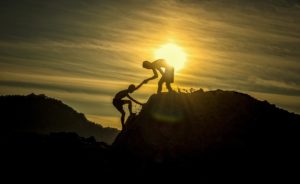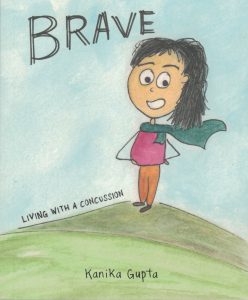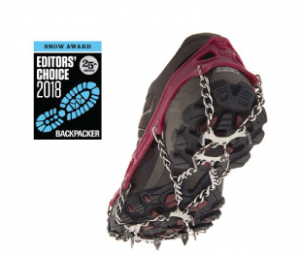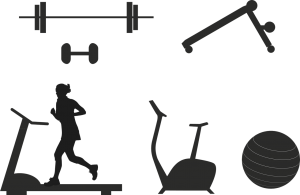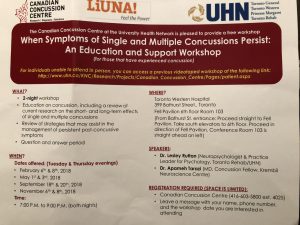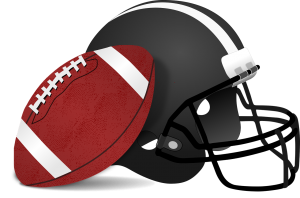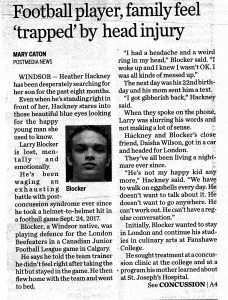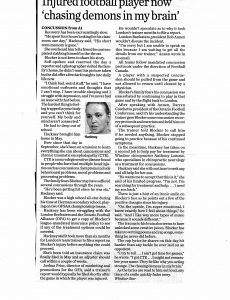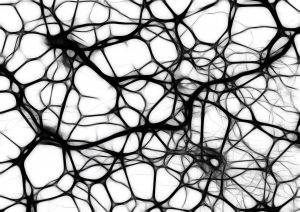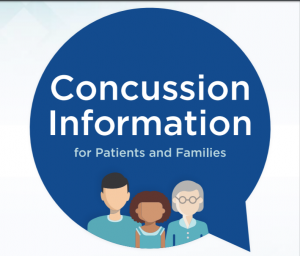



A Traumatic Brain Injury (TBI) or any other serious accident can have devastating impacts on a person’s financial situation so it’s helpful to be aware of any programs that can help reduce household expenses. The Government of Canada has a program where Internet Service Providers (ISPs) can participate and offer low-cost, high-speed Internet to low-income seniors and families. Access Communications, Bell Canada, Cogeco, CSUR, Hay Communications, Mornington, Novus, Rogers, SaskTel, Tbaytel, TELUS, Vidéotron and Westman Communications are all participating in offering improved Internet quality, coverage and price to eligible Canadians in this national “Connecting Families Initiative”. This initiative recognizes high-speed internet service is no longer a luxury, it is essential to our economic and emotional well-being, and the private sector has an important role in bridging the “digital divide”.
Connecting Families Initiative Quick Facts
- When the program was initially created, eligibility included families receiving the maximum Canada Child Benefit (CCB); however, in Aug 2021 a 2nd phase of the program was announced, and eligibility was expanded to include “low-income seniors”. The Connecting Families webpages do not yet define the criteria for “low-income” seniors.
- Eligible Canadian families can access high speed Internet service packages for as little as $10 per month from participating Internet Service Providers.
- For those who need faster download or upload speeds, a package that provides 50 megabits per second (Mbps) download speed with 200 GB of data usage for $20 a month is also available. The download and upload speeds in this package will be five and ten times faster respectively than the $10/month option. If 50Mbps is not available in a particular region, this package will provide the highest speed available in that region.
- No equipment or installation fees will be applied.
- Families eligible under the program will receive a letter from the Government of Canada with an access code that is required to sign up for the initiative through a secure online portal.
- The participating ISPs are voluntarily contributing to the initiative by offering low-cost Internet service to eligible families. The government is not subsidizing ISPs to provide the low-cost Internet service.
Rogers
Rogers’ program is called “Connected for Success” and it is available in Ontario, New Brunswick and Newfoundland. In addition to being available to the families and seniors eligible under the “Connecting Families” initiative, it is also available to additional low-income people. If you live in subsidized housing (rent-geared-to income – RGI) or are a recipient of Ontario Disability Support Program (ODSP), Ontario Works (OW), the Maximum Child Care benefit or are a senior who receives Guaranteed Income Supplement (GIS), you may be eligible for their “Connected for Success” Program. Internet services within this program range from $10 to $35 per month for 25 to 150 mbps service. For example, their 50mbps unlimited package is typically $70 per month; however, through this program it costs just $15 per month. The program provides unlimited usage, so there won’t be overage fees. The installation is free and there is no contract. Rogers Ignite TV service can also be added on for an additional $40 per month (a 50% discount).
A representative indicated Rogers plans to expand the program to include other low-income criteria, such as Canada Pension Plan Disability (CPPD) but does not currently have timelines for this enhancement.
This program is only available in areas where Rogers offers service. You can check to see if Rogers is available at your address by entering it on this webpage.
If you apply for internet service only, there won’t be external credit checks done; however, if you are currently a Rogers customer and are behind in your payments by more than $300, you must set up a payment plan before accessing the Connected for Success Program. If you plan to bundle in TV services as well, external credit checks will be done.
Further details about the program, supporting documentation requirements, toll-free phone number for agents familiar with it and a link to the application can be found on this webpage.
Bell & Cogeco
Bell and Cogeco are both participating in this program but don’t seem to have added information to their websites advertising it or explaining it further. Their customer service agents indicated people who live in their service area who receive a letter and code from the government indicating they qualify for the “Connecting Families” initiative can contact them directly to make the necessary arrangements.
TELUS
The TELUS “Internet for Good” program provides eligible low-income families with low-cost Internet connectivity in BC and Alberta (in areas where service is available). It provides internet plans for $9.95/month (plus applicable taxes) for 24 months; (regular pricing thereafter). It includes speeds of up to 25 Mbps (where available) and up to 300 GB data/month. There is no contract or cancellation fee.
Families who have a Canada Child Benefit (CCB) statement showing their net income of less than or equal to $31,120 can email TELUS directly at InternetforGood@telus.com with a copy of their statement and request for a program code. Other families who do not meet this criterion but are in need should discuss their situation directly with their child’s teacher or principal who can request a code from TELUS on their behalf
Further details about the program, email address and toll-free phone number for agents familiar with it can be found on this webpage.
These are significant discounts and certainly worth your time and energy to look into them, even if you need a family member or friend to help you with it. Please share this information with anyone you feel may benefit from it.
